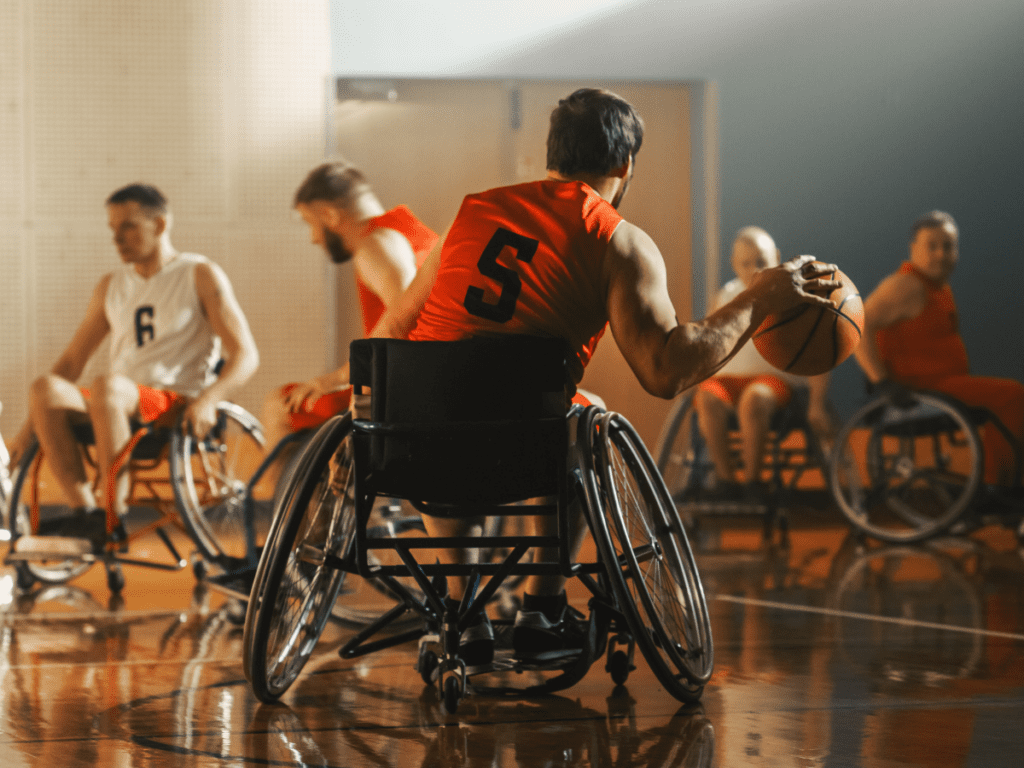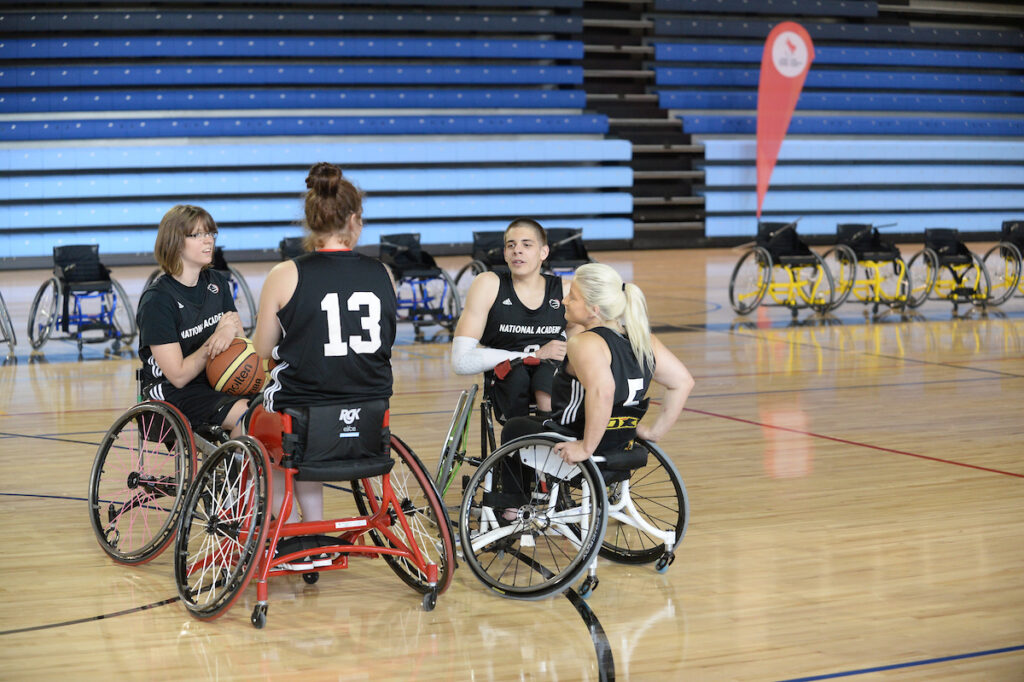Expertise for program evaluation
According to an Ontario Nonprofit Network report, 86% of non-profits do not have staff with experience or expertise designing and implementing program evaluations. In the SIRCuit, MLSE LaunchPad describes their evaluation approach, and shares insights to help build sport organization capacity to engage youth participants in evaluation activities.
The Operationalizing Intersectionality Framework: A Tool for Sport Administrators

Equity work often “lets some others join” but still centers on the needs of the most privileged members in a group. To better integrate the experiences and perspectives of diverse individuals, intersectional approaches to policies, programs, and practices—which account for the multiple, overlapping systems of oppression some individuals face—are vital. E-Alliance, the national gender+ equity…
Increasing program impact
Looking to increase the reach of your training program? Encourage stakeholders to make it mandatory. An evaluation of the Keeping Girls in Sport online module demonstrated high completion rates in provinces where the training was mandated by some provincial sport organizations.
Gamification
Gamification is the use of game techniques, such as the allocation of points and rewards, to provide incentive and fuel the competitive spirit in aspects of life outside of sport. Learn how MLSE LaunchPad has used gamification to support the development of prosocial life skills in the SIRCuit.
Engaging youth in evaluation
“Youth are notoriously difficult to engage in pre- and post-program evaluation. Collecting survey responses can be like catching fish with your hands.” In the SIRCuit, MLSE LaunchPad’s Marika Warner and Bryan Heal share the organization’s innovative approach to engaging youth in program evaluation.
Assessing youth sport programs’ facilitation of positive youth development

Background / Context / Objective With growing societal concern for youths’ healthy development, extensive literature suggests organized leisure activities serve as optimal contexts to foster positive youth development (Larson, 2000), and sport has consistently been found to be the most popular organized activity among youth (Hansen & Larson, 2007). While youth’s involvement in sport is…
Tips to engage adults with intellectual and developmental disability in sport and physical activity

Exercise leads to many benefits for individuals with intellectual and developmental disability (IDD), including those diagnosed with autism spectrum disorder (ASD). These include improved physical and mental health, increased community engagement, and, amongst individuals with ASD, a decrease in repetitive behaviours that often result in functional and social impairment. The Adapted Physical Exercise (APEX) Research…
Community parasport – The experiences of female youth

The upcoming Tokyo Paralympics will be an opportunity to inspire the next generation of Canadian Paralympians. However, without strong development pathways, young Canadians may not have the opportunity to pursue their dreams. An important first step along any development pathway is a positive introduction to sport through grassroots community programs. There is a persisting gap…
Increasing physical literacy in youth
Physical literacy – the motivation, confidence, competence, and knowledge to be physically active for life – is considered by some to be the essential ingredient to lifelong physical activity. But how is it developed? Analysis of participant outcomes from a two-week day camp design to increase physical literacy showed promising results from a mix of…
Match Grant success story
Researchers at the University of Alberta partnered with JumpStart Charities to evaluate the reach and impact of the Keeping Girls in Sport online module. Survey findings demonstrated some interested uptake patterns, and reinforced the value of the program for increasing awareness and know-how to create positive sport environments for girls. Applications for the 2020/2021 SIRC…